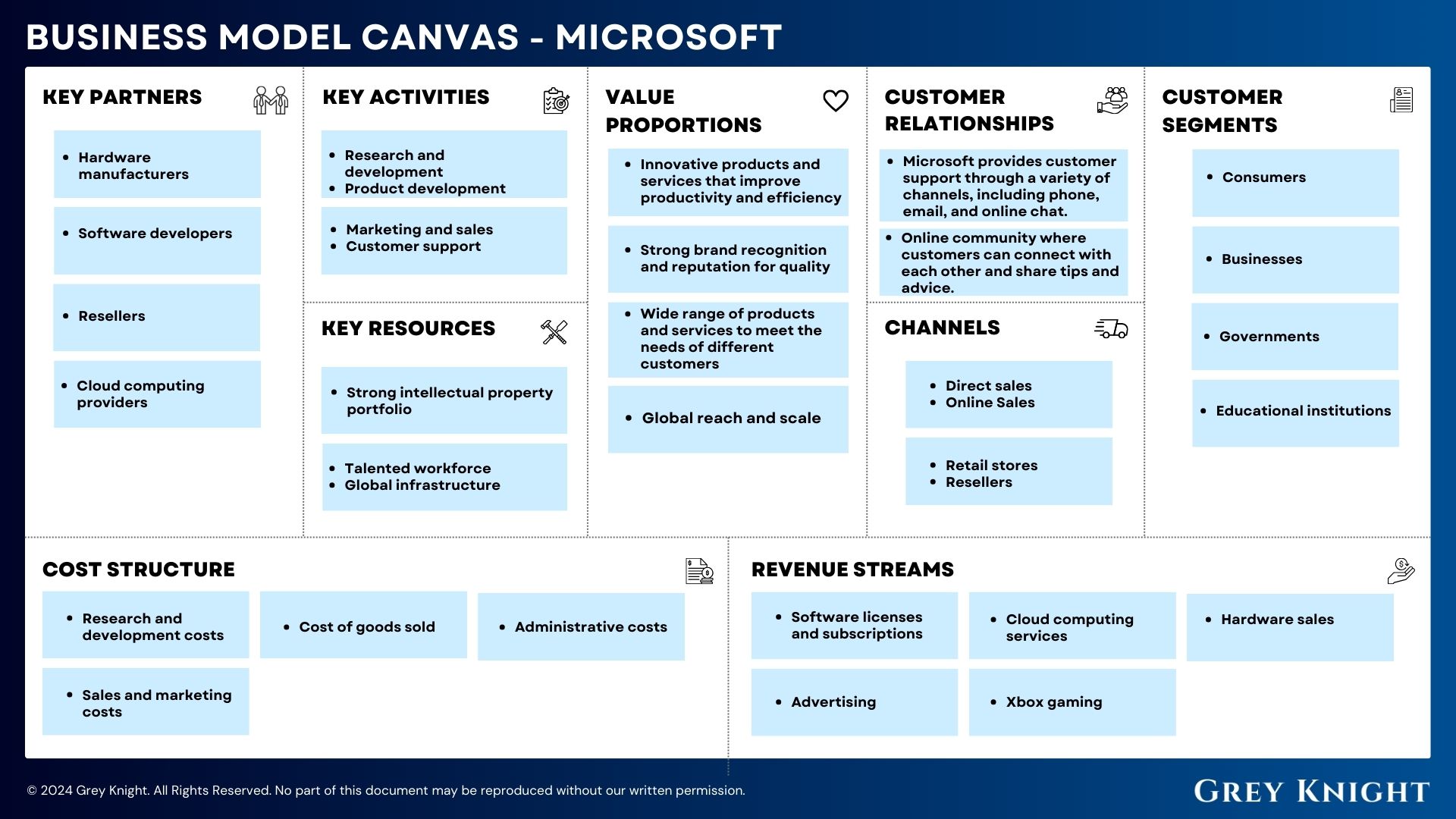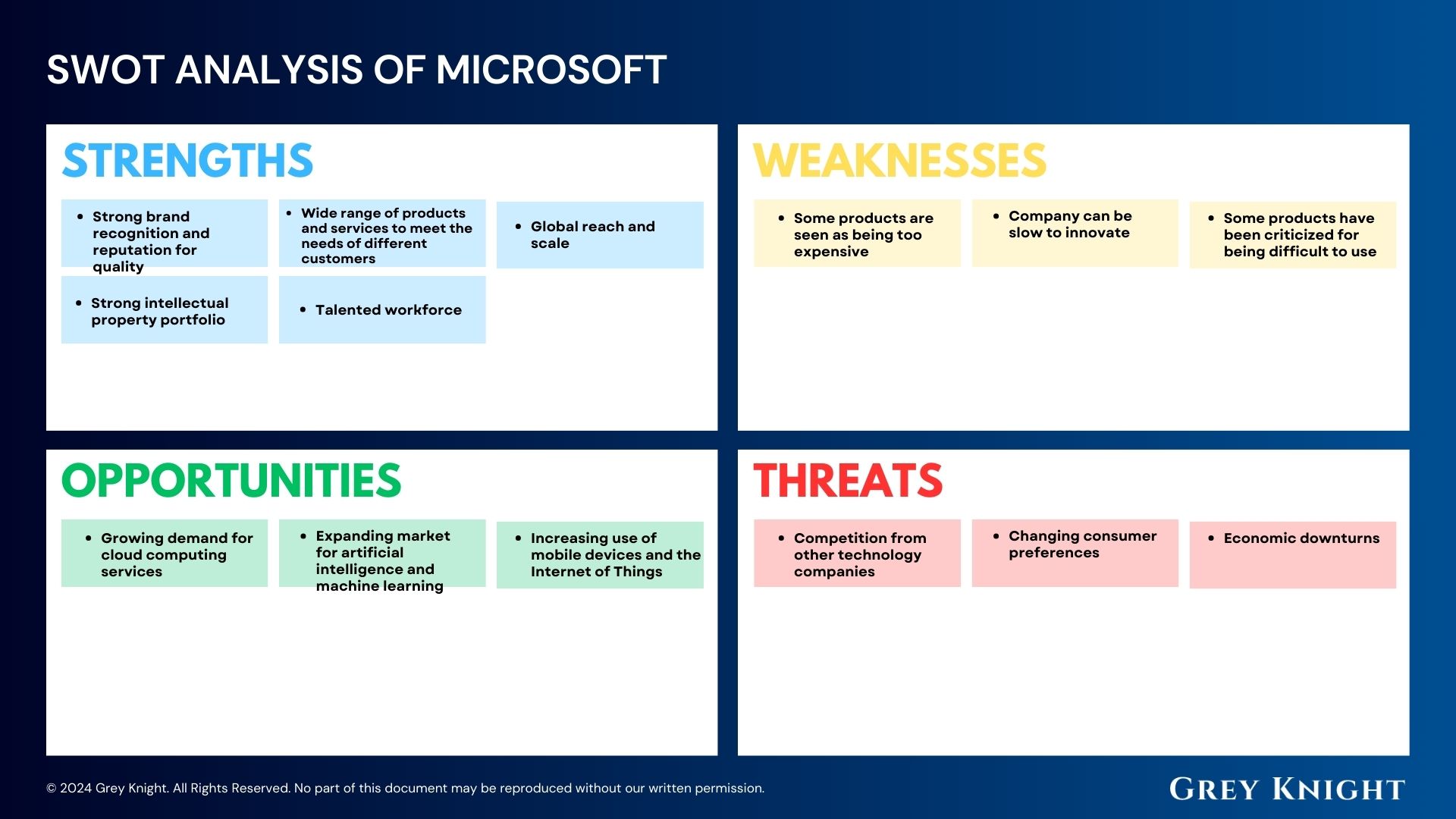Table of Contents
ToggleTable of Contents
What are Asset Classes?
Asset classes are the different categories of investments that investors can choose from. They have similar characteristics, and understanding them is important for investors who want to diversify their portfolios and achieve their financial goals.
The most common asset classes include equities, fixed income, cash and cash equivalents, real assets, and alternatives. Let’s take a closer look at each of these categories.
Equities
Equities, also known as stocks, are portions of publicly traded companies that are issued for investors to purchase. When an investor buys equity, they are essentially giving money to the company, which can be used for growth and development. Equity is typically traded on stock exchanges, and investors can make money if the stock price increases or if the company pays dividends. Equities are divided into different sectors, such as technology and healthcare, as well as different sizes of companies, including large-cap, mid-cap, and small-cap.
Fixed Income
Fixed income refers to bonds or loans that pay interest to investors. Fixed income investments are generally considered to be less risky than other asset classes, although some types, such as high yield bonds, are considered to be higher risk. If an investor is risk-averse, they may have a larger portion of their portfolio invested in fixed income.
Cash & Cash Equivalents
Cash and cash equivalents include money market funds, which are investments that can be easily and quickly converted into cash. The primary advantage of these investments is their liquidity, meaning that they are easily accessible.
Real Assets
Real assets are tangible assets, such as real estate, infrastructure, and other physical assets. They offer protection against inflation, as their value tends to increase over time. However, they are often considered to be illiquid investments, meaning that the money invested in them is locked up for a long period of time.
Alternatives
Alternatives include investments in hedge funds, private equity, and venture capital. These investments are considered to be riskier and can offer higher returns, but they also come with the risk of losing money. They are generally long-term investments, and their returns are not as predictable as those of other asset classes.
Diversification
Investors focus on investing across asset classes in order to diversify their portfolios and reduce the risk of losing money in one event. For example, instead of putting all of their money into equities, they might invest some in equities, some in fixed income, some in real assets, some in cash and cash equivalents, and some in alternatives. This helps to balance their portfolio and reduce the risk of losing all of their money in one event.
Conclusion
In conclusion, understanding asset classes is important for investors who want to diversify their portfolios and achieve their financial goals. Each asset class has its own characteristics, advantages, and disadvantages, and investing in a mix of asset classes can help reduce risk and provide a balanced portfolio.
Additional Resources
To keep learning and advancing your career, we highly recommend these additional resources:
Top 19 Investment Bank Spring Insight Internship Programme (2023)
120+ Investment Banking & Finance Interview Questions!
List of Fortune 500 Companies in 2023












